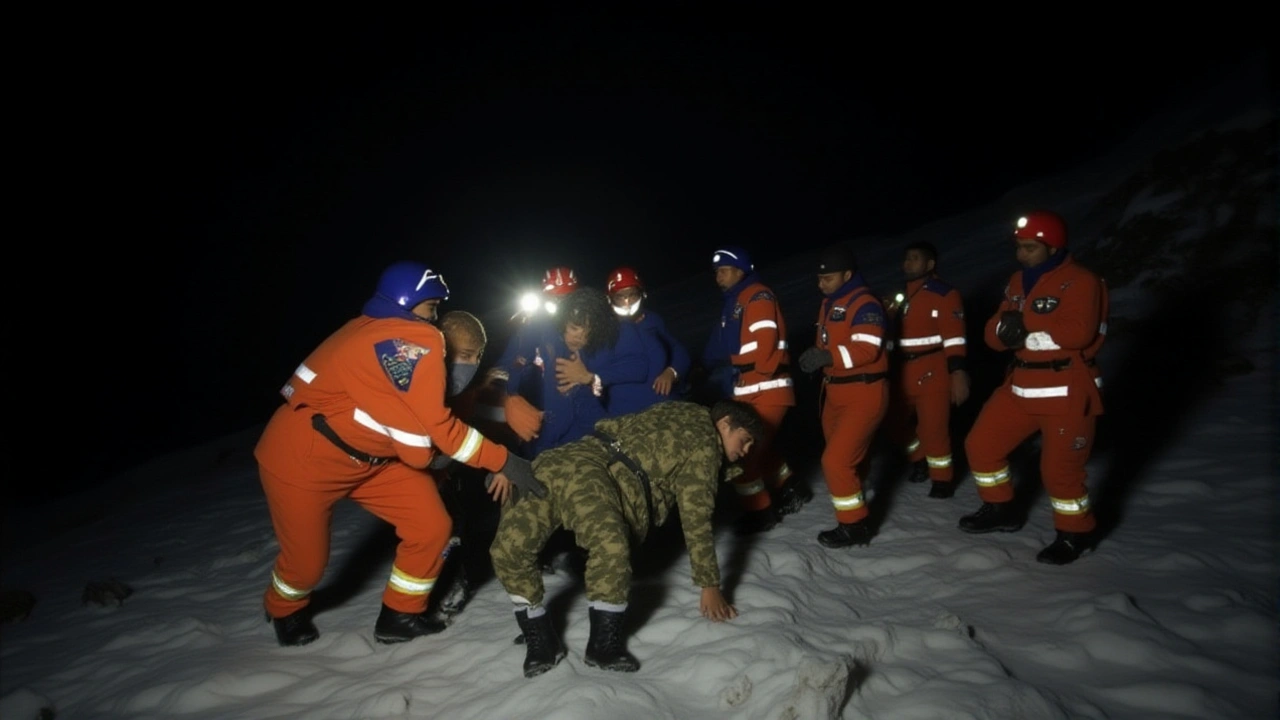Blizzard – Latest News, Impacts and Insights
When dealing with blizzard, a fast‑moving snowstorm that delivers heavy snowfall, strong winds and near‑zero visibility, also called a snowstorm, authorities often declare a weather emergency. These events increasingly tie into broader climate impact trends.
Blizzards form when arctic air collides with moist Gulf streams, causing rapid condensation and massive snow crystals. The key attributes include sub‑zero temperatures (often below ‑20 °C), wind speeds exceeding 35 km/h, and precipitation rates over 10 mm per hour. When these parameters align, the storm envelope expands, reducing visibility to less than 400 m. This combination forces road closures, power outages, and the suspension of public transport. Understanding the science behind the formation helps forecasters issue timely warnings, which in turn gives communities a chance to brace for impact.
Over the past two decades, researchers have documented a noticeable uptick in both the frequency and intensity of blizzards across mid‑latitude regions. Warmer ocean currents inject extra moisture into the atmosphere, while shifting jet streams create longer pathways for cold air to travel southward. The result is a higher probability that a single system meets the blizzard criteria. This link between warming climates and extreme snow events underscores why climate impact is a central piece of the blizzard puzzle.
Effective emergency response hinges on coordinated shelters, real‑time road‑clearing crews, and clear communication channels. Local governments typically activate a weather‑emergency plan that designates public buildings as warming centers, deploys snowplows equipped with GPS tracking, and broadcasts safety advisories via radio and mobile alerts. Residents who follow the guidance—such as stocking up on food, keeping a battery‑operated heater, and avoiding travel—reduce injury and fatality rates dramatically. The synergy between preparedness and swift response defines how societies manage the disruptive power of a blizzard.
Below you’ll find a curated mix of articles that dive deeper into each of these angles. From detailed breakdowns of storm mechanics to practical checklists for staying safe, the collection gives you the context you need to understand today’s blizzard headlines and to act wisely when the next one rolls in.

Blizzard Traps 200 Hikers on Everest as Floods Kill 60 Across Himalayas
A sudden blizzard on Oct 6, 2025 traps 200 hikers on Mount Everest while floods kill 60 across Nepal, Bhutan and India, prompting massive rescue and relief efforts.